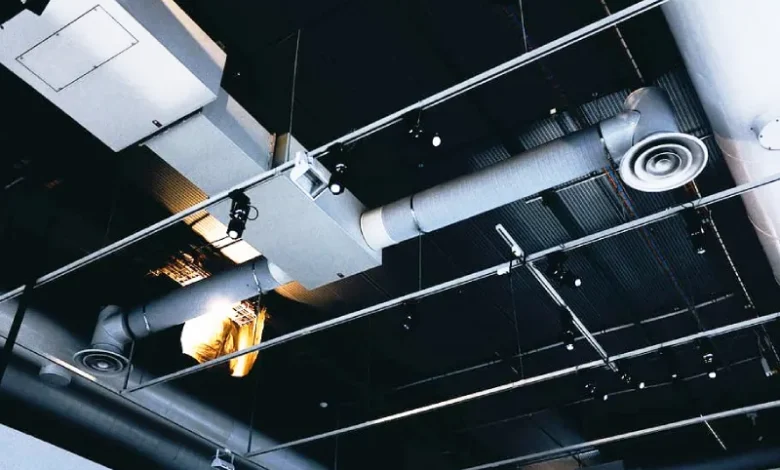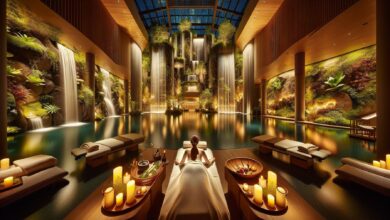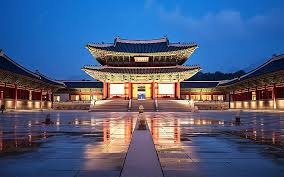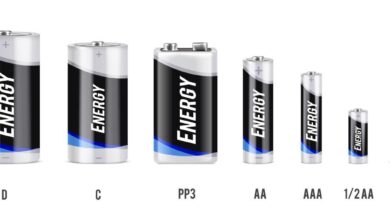How to Choose a Commercial MVHR System for High-Humidity Spaces

Swimming pools, saunas, laundries, industrial halls or commercial kitchens with high humidity require high-quality ventilation. Excess moisture creates conditions for mould growth, structural damage and health problems. A commercial MVHR (mechanical ventilation with heat recovery) system can effectively cope with such an unfavourable environment.
What is MVHR System?
MVHR stands for Mechanical Ventilation with Heat Recovery, and it’s a technology designed to ensure constant air exchange in buildings — in simple terms, stale or humid air is extracted from buildings and fresh air is introduced. Heat recovery is one of the key features, as the outgoing air gives off its heat to the incoming air, saving a high percentage of energy consumption.
In such spaces, the primary goal of ventilation is not only to remove excess moisture, but also to maintain a stable indoor climate. High humidity levels pose several risks:
- Condensation formation, which damages furniture and surfaces.
- Mould and mildew growth, which can trigger allergic reactions.
- Corrosion of metal components in structures and equipment.
Choosing an MVHR system should account for these operational challenges.
Criteria for Selecting an MVHR System
- System Performance
MVHR performance is measured by the volume of air the system can process per hour (m³/h). For high-humidity spaces, it is advisable to choose a system with a capacity margin to ensure effective moisture removal. - Heat Exchanger Materials
MVHR systems use heat exchangers made from materials like aluminium, plastic, or epoxy-ceramic composites. For high-humidity environments, it’s essential to select a corrosion-resistant material. - Air Filters
The system should feature high-quality filters that not only purify the air from dust but also prevent moisture from affecting the unit’s components. - Additional Features
Some MVHR models include air dehumidification functions, which are a significant advantage for humid spaces. - Energy Efficiency
Look for systems with high energy efficiency ratings. Energy-efficient models consume less power, reducing operational costs. - Integration with Building Management Systems
Modern commercial MVHR systems can integrate with smart building systems, enabling automated ventilation control.
Installation Tips
- Professional Installation
Proper installation is key to the system’s efficiency. Errors during setup can reduce heat recovery performance and create additional ventilation issues. - Regular Maintenance
Cleaning filters, inspecting the heat exchanger, and ensuring the system’s overall airtightness are essential for long-term functionality.
Why Invest in a Quality MVHR System?
According to Ecostream, using commercial MVHR systems for high-humidity spaces allows you to:
- Reduce heating costs through heat recovery.
- Ensure a comfortable indoor climate for staff and customers.
- Protect the building and equipment from the harmful effects of excess moisture.
Commercial MVHR systems are not only effective but also economical solutions for high-humidity spaces. Choosing the right system, considering the specific needs of the space, and ensuring professional installation will not only create comfortable conditions but also significantly extend the lifespan of the building and its equipment.





